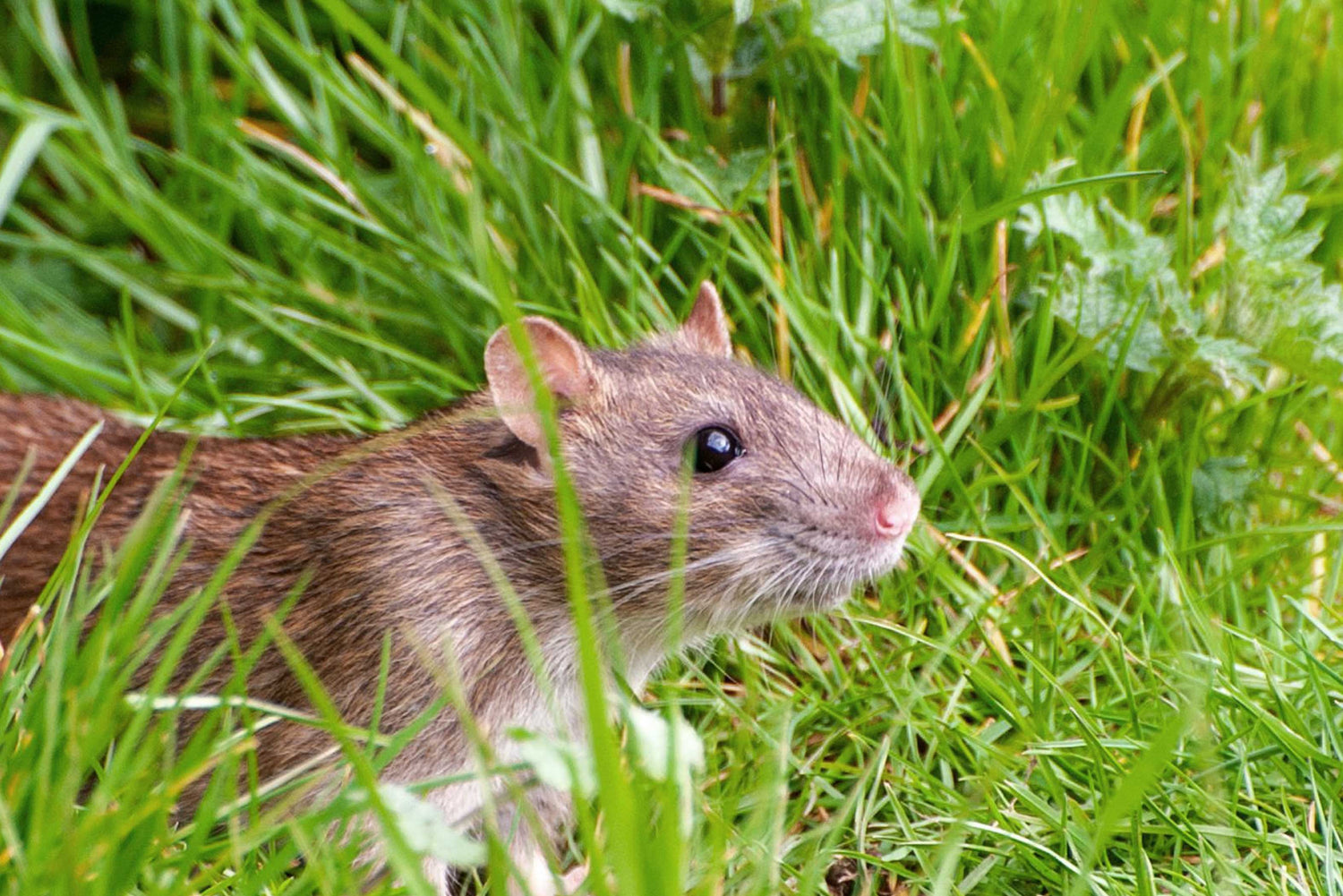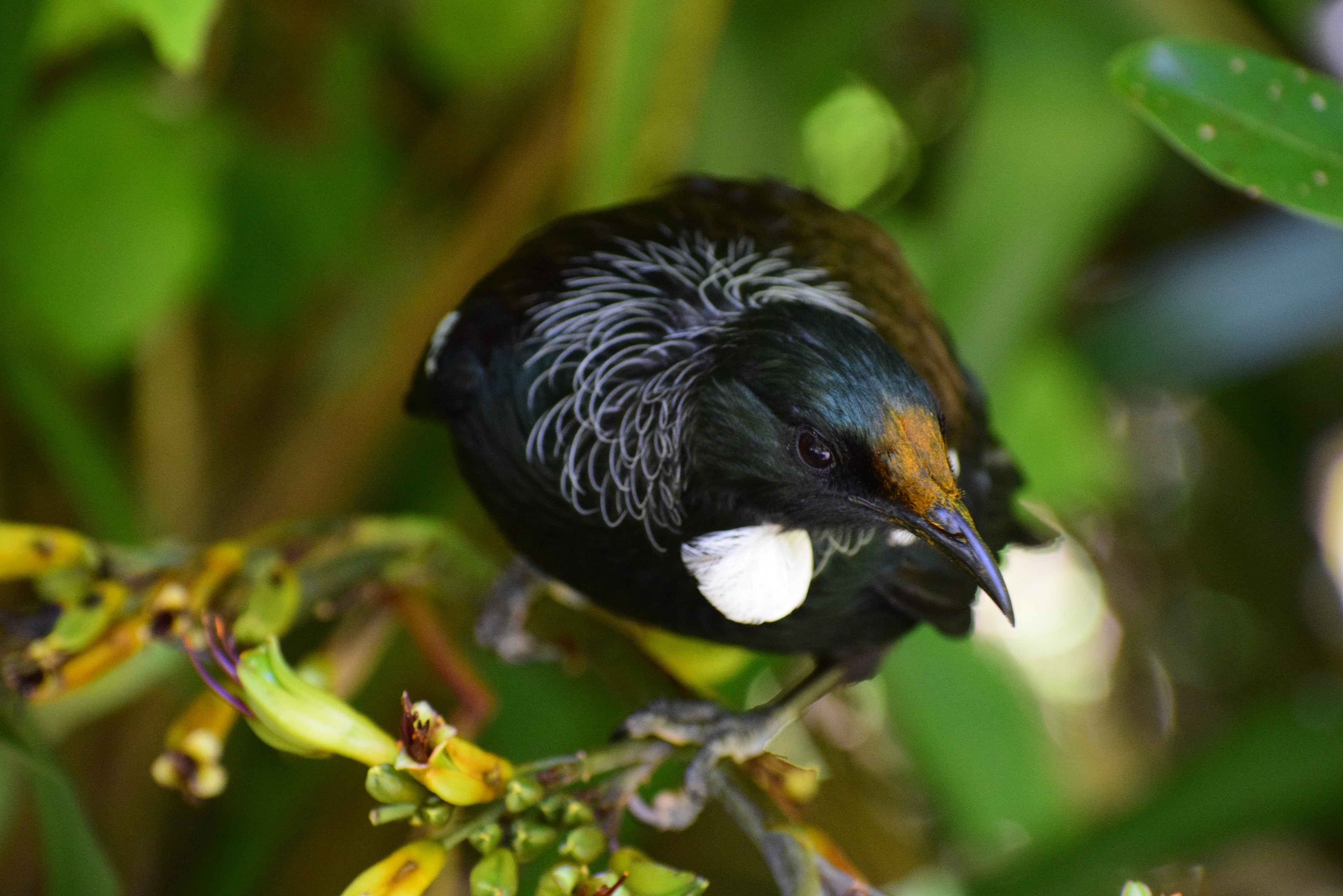Rats pose a significant threat to New Zealand’s biodiversity due to their greedy appetites, rapid breeding rates, and destructive foraging behaviours.
As invasive species, rats prey on native birds, insects, reptiles, and plants, leading to declines in native populations and disrupting delicate ecosystems. They spread disease and compete with native species for food and habitat.
The significant and detrimental impact rats have on our ecosystem is one of the reasons why the team at Traps.co.nz is so passionate about developing effective rodent control measures and educating the public on how to eradicate this nasty invasive species. The best way to tackle a pest like this is to understand it better, so that your rodent control measures can be tailored to have the biggest impact possible, with the least impact to the environment.
Insights & Practical Tips for Managing Rat Populations:
- Rapid Reproduction: Did you know that a single pair of rats can typically produce up to 200 offspring in just one year? And what’s worse when environmental factors are just right, like during a Beech Mast Season, rat populations have a tendency to show explosive growth due to the abundance of food available. With such prolific breeding capabilities, it's no wonder that rat populations can spiral out of control if left unmanaged. This is why it’s important to maintain ongoing rodent baiting and trapping strategies throughout the year, with increased efforts during peak rodent season (March to May in NZ) when rodents are most actively breeding.
- Nocturnal Navigators: Rats are primarily nocturnal creatures, preferring to scurry about under the cover of darkness. Their keen sense of hearing and smell helps them navigate their surroundings and locate sources of food with remarkable precision. Their nocturnal natures also mean it can be hard to identify if there is a growing rat problem using sightings alone. This is why rodent monitoring via chew cards, wax tags and/or tracking tunnels is so important, as they allow you to get a true read of the extent of the problem that you’re dealing with, without having to physically stay in an area overnight. NOTE: If you are seeing rats during the day, it means that their population is going through a period of explosive growth and there is more competition for resources like food. In this situation, it’s important to rapidly increase all rodent control activities as well as increase the frequency of monitoring baits and traps.
- Omnivorous Appetites: Rats are not picky eaters – far from it! These opportunistic omnivores will feast on just about anything they can sink their teeth into, from grains and fruits to insects, eggs and even small animals. This presents a particular challenge for New Zealand's biodiversity, as these invaders not only consume young birds and eggs but also compete for the same food sources, further straining already vulnerable populations. And if that’s not bad enough, they damage native plants too, compounding the ecological impact.
- Master Contortionists: With their flexible bodies and collapsible skeletons, rats can squeeze through surprisingly small openings, making it challenging to keep them out of homes and buildings. They can fit through tiny gaps as small as a pencil width, so it’s crucial to seal any openings under doors, around pipes, cables, and damaged vents. These pests are adept climbers and often infiltrate buildings through eaves; so trim back any vegetation, including vines and overhanging branches, at least 2 meters away from rooves to prevent access. Additionally, limit potential food sources by collecting fallen fruit, removing pet food after meals, cleaning up kitchen spills, storing food in airtight containers or refrigerators, and keeping seeds in secure locations.
Traps.co.nz offer a number of rat control solutions for every stage of your control programme, whether you’re at the early stages of determining the size of the problem or knees deep in eradication. Just use our Shop by Pest navigation to find the products that works best for you.
Be sure to check out our in-field favourites:
- Monitor: Wax Tags – for effective monitoring of rats and mice
- Lure: Possum Dough – for guaranteed attraction (don’t let the name fool you, rats go wild for Possum Dough)
- Trap: Modified Victor Stoat and Rat Trap – for easy and cost-effective trapping solutions
- Bait: NO Rats & Mice Eliminator – for a deadly effective bait





Leave a comment
This site is protected by reCAPTCHA and the Google Privacy Policy and Terms of Service apply.